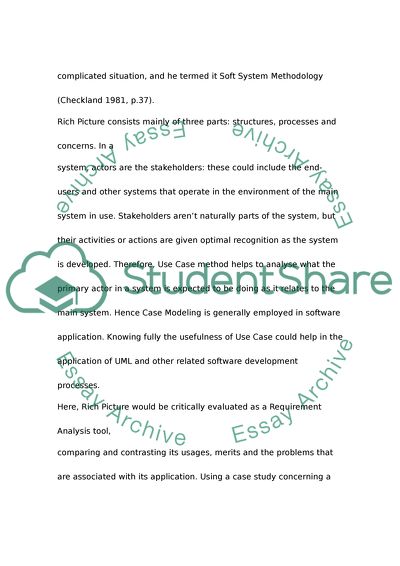Cite this document
(“Rich Pictures and Use Cases as analysis tool Article”, n.d.)
Rich Pictures and Use Cases as analysis tool Article. Retrieved from https://studentshare.org/philosophy/1518969-rich-pictures-and-use-cases-as-analysis-tool
Rich Pictures and Use Cases as analysis tool Article. Retrieved from https://studentshare.org/philosophy/1518969-rich-pictures-and-use-cases-as-analysis-tool
(Rich Pictures and Use Cases As Analysis Tool Article)
Rich Pictures and Use Cases As Analysis Tool Article. https://studentshare.org/philosophy/1518969-rich-pictures-and-use-cases-as-analysis-tool.
Rich Pictures and Use Cases As Analysis Tool Article. https://studentshare.org/philosophy/1518969-rich-pictures-and-use-cases-as-analysis-tool.
“Rich Pictures and Use Cases As Analysis Tool Article”, n.d. https://studentshare.org/philosophy/1518969-rich-pictures-and-use-cases-as-analysis-tool.


